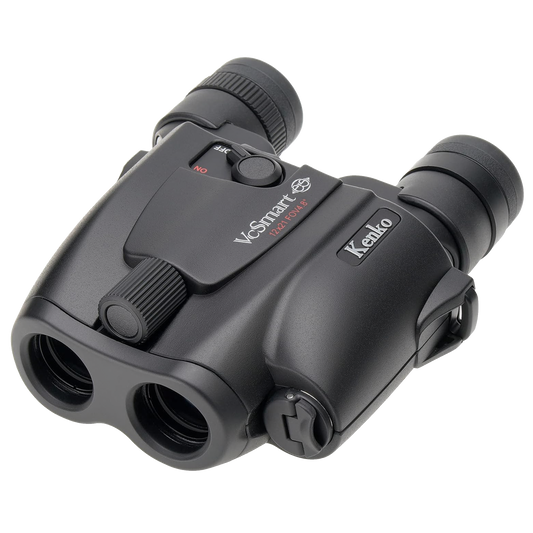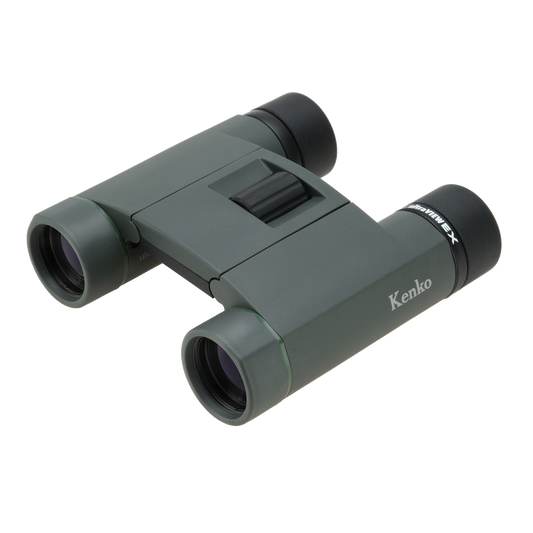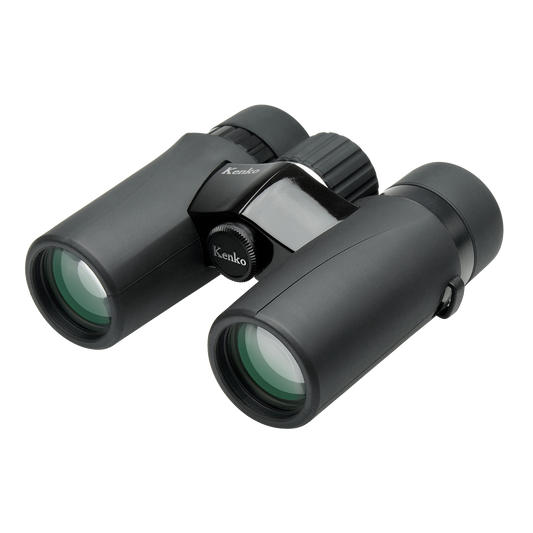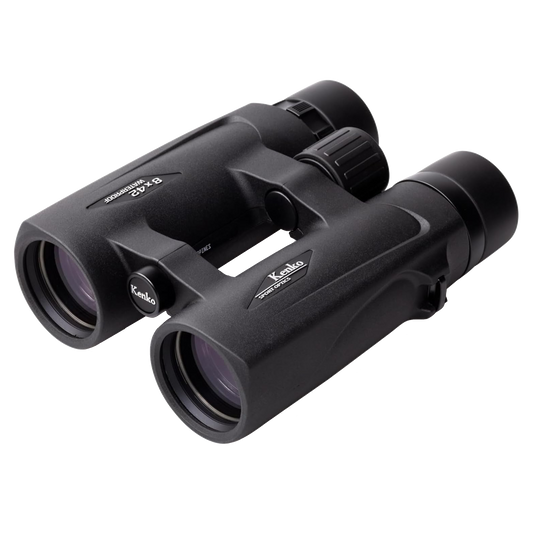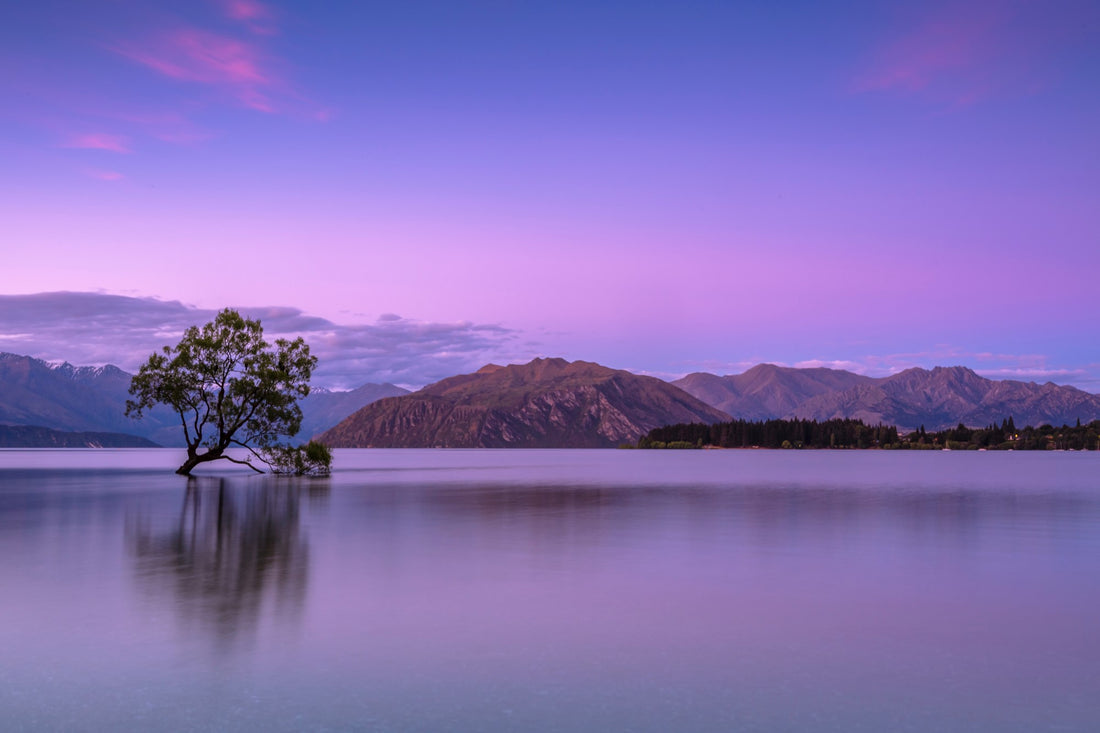
Simple Landscape Photography Tips With Tons of Impact

Photo by Ken Cheung on Unsplash
I’m always adding bullet points to my landscape photography tips list because it’s one of the most beautiful forms of photography, and there’s always so much to learn.
I learned how to photograph landscapes for the first time from my grandfather, and I’ve found that landscape photography is often a generational photography niche.
In an attempt to continue this trend, here are five easy landscape photography tips that will help you elevate the quality of your photos.
Table of Contents
- Try Aerial Photography
- Don’t Be Afraid of the Stars
- Snap Incredible Dusk Pictures Right After Golden Hour
- Get Away From Eye Level Shots
- Golden Hour is Never Overrated
Try Aerial Photography

Photo by Andreas Gücklhorn on Unsplash
I understand this is one of the less simple landscape photography tips, because it requires you to buy a drone (which can get expensive) or rent a plane or helicopter or find someone willing to take you up in one.
But, I’ve found that the further into remote territory you travel, the more likely it is that the locals own their own planes because they need them to get supplies from neighboring towns. I’ve found that locals are often more than happy to take you on their supplies runs.
So, if you’re already going to be traveling to find some landscape shots, think about traveling to remote areas in Canada, Alaska, or islands in the North Atlantic, like the Faroe Islands.
Then, once you’re up in that plane, remember to shoot with faster shutter speeds so the landscape isn’t blurred as you whiz by in the plane.

photo by adamkaz via iStock
It’s also important to use a polarizer.
Polarizers for landscape photography are essential when shooting aerial shots. They help to cut glare from lakes and streams, which will definitely be in abundance if you’re shooting somewhere really remote like northern Canada or Alaska.

Additionally, polarizing filters help reduce atmospheric haze, so when you take shots out toward the horizon, distant features like mountains will look cleaner and crisper without that blue haze obscuring the view.
Polarizers also boost the contrast in the sky, with whiter clouds and a bluer atmosphere that gives your landscape photos a ton of visual appeal.

I recommend Kenko’s Puro Slim Circular Polarizer because Kenko is the number one polarizer filter maker in Japan for the quality of the build and how high-end the technology behind the polarizer is.
Editor's Tip: Get Kenko’s latest updates and access to promos for discounted gear. CLICK HERE TO SIGN UP.
That technology includes a 16-layer multi-coating that helps maintain optical quality. These layers help repel dust and water, and they make the filter super easy to clean too.
Plus, this one is only $66 and it will last a lifetime.

Photo by Izuddin Helmi Adnan on Unsplash
When I was trying to figure out how to improve landscape photos, especially aerially, I played around with as many wide-angle lenses as I could get my hands on.
While you can take more traditional landscape shots with a wide angle lens, you can also shoot ones like the one above, which is more abstract and artistic.
If you ask me, aerial photography is one of the easiest ways to inspire your audience with your landscape photography. The perspective from above it all is unique and it helps people see landscapes in an entirely new way.
Learn More:
Don’t Be Afraid of the Stars

Photo by kazuend on Unsplash
I can’t tell you how many times I’ve met someone who loves landscape photography, but absolutely refuses to shoot landscapes at night because it’s so difficult to shoot stars when you’re a beginner.
And while this list is supposed to be comprised of easy landscape photography tips, something as technical as shooting stars is less about ease and more about practice, so it’s not that it’s overly hard, it just takes time.
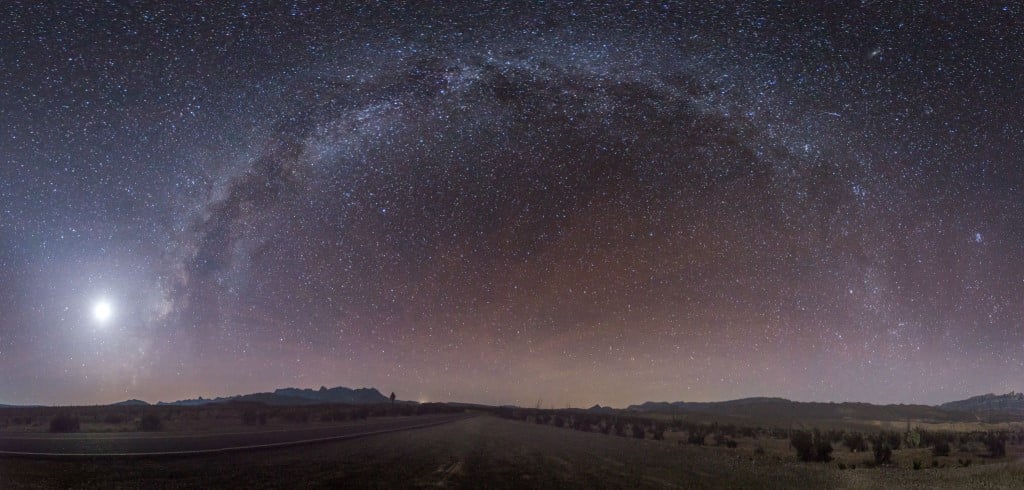
Photo by Jesse Sewell on Unsplash
Don’t forget your tripod (it’s essential). Shoot with a high ISO (as high as you can without making your photos noisy), which for many cameras is in the 800-3200 range. Finally, keep your F-stop wide, but try to avoid the widest aperture as it will not garner you the sharpest results. Step it down by a stop or two instead.
Then, set your lens to manual focus and focus at infinity to ensure the night sky is in sharp focus.
I tend to attack astrophotography in a very methodical way. I will begin the evening with a really slow shutter speed, around 8 seconds, and slowly bump my shutter speed up all the way to 30 seconds. You’ll probably find you get the best shots between 20 seconds and 30 seconds (if you want star trails, anyway), but this is a good way to train yourself.
Quick Tip: Use a laser pointer to illuminate a distant object to autofocus in extremely dark areas before switching to manual focus to lock the focus in place.
Snap Incredible Dusk Pictures Right After Golden Hour

photo by greenleaf123 via iStock
If I’m on a photography trip, you know I’m shooting for 14 hours a day. And a lot of my landscapes are really far north, where the days can be as short as a couple of hours.
So, I’ve gotten really good at working with the amount of light I’ve been gifted.
Which is why it irks me so much when someone complains about not getting good shots after sunset.
The best advice I can give on how to improve landscape photos is by adding your own light. Bring headlamps, extremely bright flashlights, or some tiny but powerful portable lights like this.

Photo by Yann Allegre on Unsplash
One of my favorite landscape shots is the one above: where the photographer adds a light inside of their tent to examine the incredible place they call an office.
Creating a scene like this gives the shot instant drama between the burst of light and the illuminated shape of the tent.
Sometimes, even the prettiest of scenes can be made more dramatic by simply adding an interesting shape like a tent and illuminating it from inside.
Get Away of Eye Level Shots

photo by Shaiith via iStock
Landscape shots can be boring if taken from a traditional eye level. You have the entire world to explore. Climb mountains; lay on the forest floor. Do what landscape photographers do best and show your audience a view they will never see again.
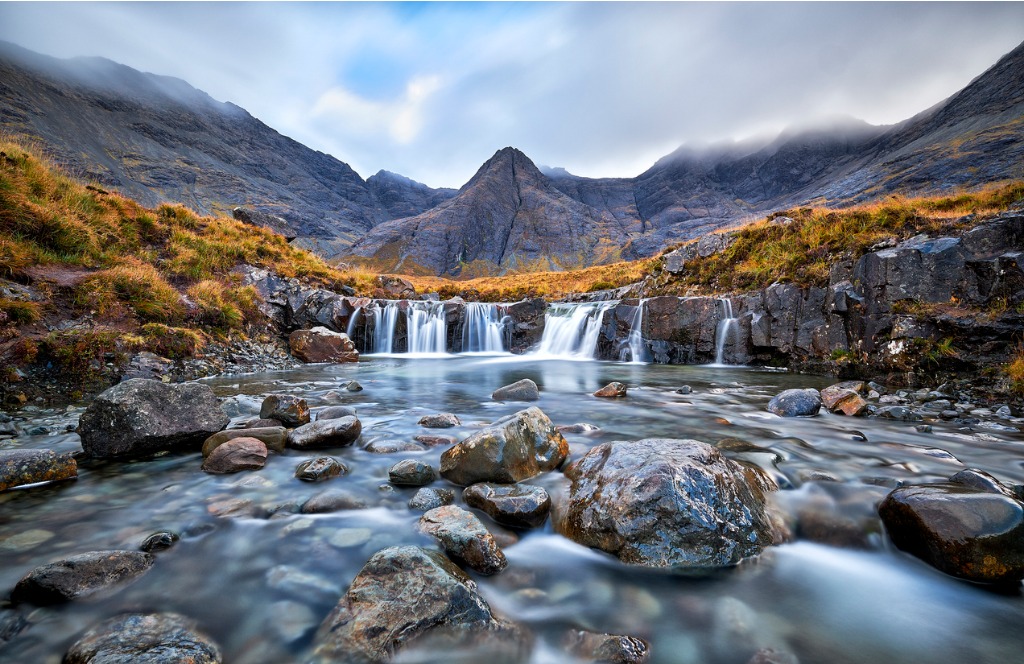
photo by 1111IESPDJ via iStock
You’ll see way more landscape shots taken from a bird’s eye view, photos like shots of Yosemite or glaciers in Iceland. Try to break these norms and experiment with looking up at your landscapes instead.
Quick Tip: Get out into a boat on that gorgeous lake everybody else is capturing from the surrounding mountains. Put your camera as close to the surface of the lake as possible and take a shot with the lake’s waters serving as the foreground.
Golden Hour is Never Overrated

photo by serts via iStock
Golden hour is never overrated, and neither is talking about it.
I honestly don’t think there is anything prettier the fading light of the day illuminating a snowy landscape like the one above.
I also think shooting during golden hour is one of the best landscape photography tips out there because it’s a great exercise for photographers.
You have gorgeous light, so that’s a bonus, but the light is fleeting, so you have to learn how to work quickly and efficiently to get the shots you want.

Photo by Saad Chaudhry on Unsplash
Golden hour creates dramatic landscapes, deeper contrast, brighter colors and is simply mesmerizing.
And when paired with other landscape photography tips like altering your perspective or shooting with a drone or from an airplane, the results can be breathtaking!
Originally posted on PhotographyTalk.com

